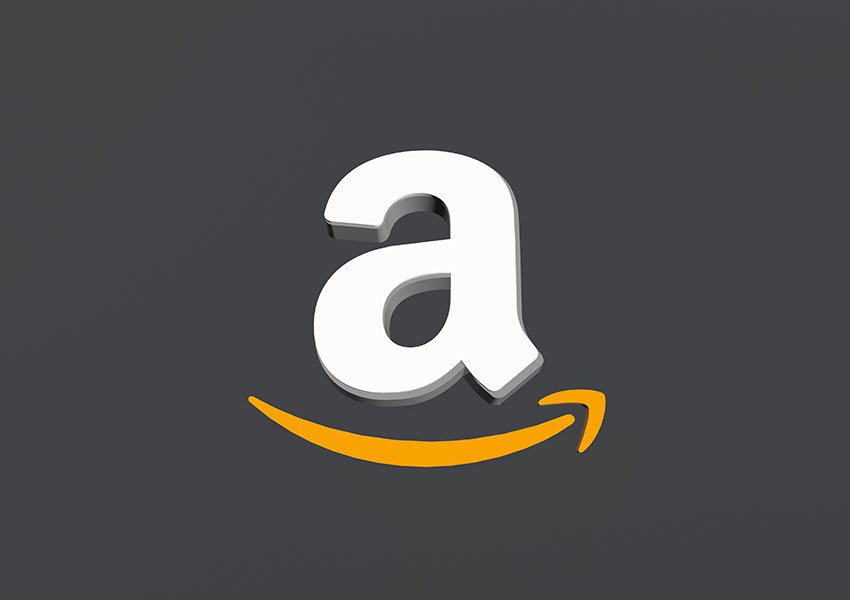Amazon FBA Wholesale: A Guide For Beginners

The e-commerce world offers multiple pathways for aspiring sellers, and among the most sought-after methods is the Amazon FBA Wholesale model. With the promise of a more straightforward selling process combined with the vast reach of Amazon, this approach has garnered significant attention. But what exactly is it, and how can beginners effectively navigate this avenue?
Understanding Amazon FBA Wholesale
At its core, the Amazon FBA Wholesale model involves purchasing products in bulk from manufacturers or distributors and selling them on Amazon under their brand name. Unlike private label selling, where you brand and market your own product, wholesale allows you to capitalize on existing brands and their established reputation.
Advantages of Using Amazon FBA
One of the primary benefits of utilizing Amazon's Fulfillment by Amazon (FBA) service is the streamlined logistics it offers. With FBA, sellers can offload various critical tasks, including storage, packaging, shipping, and even customer service. This, in turn, enables sellers to concentrate their efforts on sourcing and listing products, rather than getting bogged down by the complexities of logistics.
Another significant advantage lies in the vast customer reach that comes with leveraging Amazon's platform. By utilizing Amazon FBA, your products gain exposure to millions of potential buyers who frequent the platform. This broader reach can significantly enhance your product's discoverability and sales potential.
Furthermore, being associated with Amazon, a renowned and trusted e-commerce giant, can automatically elevate the credibility of your online store. Customers often place a high degree of trust in transactions conducted on Amazon's platform, which can work in your favor as a seller.
Steps to Begin with Amazon FBA Wholesale
- Research and Source Products: The success of your wholesale venture largely depends on the products you choose. Research market trends, analyze customer reviews, and identify products with steady demand but less competition. Once you have a list, reach out to manufacturers or distributors to establish a wholesale partnership.
- Setting Up Your Seller Account: Before listing products, you'll need to set up a seller account on Amazon. Ensure that you choose the "FBA" option during this process. There might be fees associated with maintaining this account, so it's crucial to be aware of the cost structure.
- Ship Products to Amazon Warehouses: After sourcing your products, the next step involves shipping them to Amazon's fulfillment centers. Amazon will provide guidelines on how to prepare and ship your products. Ensuring adherence to these guidelines can prevent potential hiccups in the process.
- Listing and Pricing Your Products: Once your products are in Amazon's warehouse, it's time to create your listings. Accurate product descriptions, high-quality images, and competitive pricing can enhance the visibility and appeal of your products.
- Monitor and Optimize: Regularly monitor your sales, reviews, and inventory levels. Respond to customer queries promptly and ensure you maintain sufficient stock levels to avoid running out.
Challenges to Anticipate
In the realm of Amazon selling, competition is a prominent challenge. The marketplace is teeming with sellers, making it imperative to exert continuous efforts to distinguish your products and maintain their visibility.
Another aspect to be mindful of is the fee structure associated with Amazon FBA. While the service offers convenience, it comes at a cost. Sellers must be well-informed about various Amazon FBA fees, including storage fees and listing fees, to ensure that their business remains profitable.
Inventory management is an essential task that sellers should vigilantly undertake. While Amazon takes care of many logistical aspects, sellers are responsible for monitoring their inventory levels. This oversight is crucial to prevent two critical scenarios: running out of stock, which can lead to missed sales opportunities, and overstocking, which can result in increased storage fees. Balancing inventory effectively is key to optimizing your FBA experience.
Building Relationships with Suppliers
An essential aspect of succeeding in the Amazon FBA Wholesale model is establishing robust relationships with suppliers. Ensure transparent communication, timely payments, and try to negotiate favorable terms that can benefit both parties. Building trust can lead to better deals, priority in product availability, and even exclusivity in some cases.
Amazon's platform is dynamic, with policies and algorithms changing frequently. Regularly checking for updates and adapting accordingly can keep your store compliant and in good standing.
